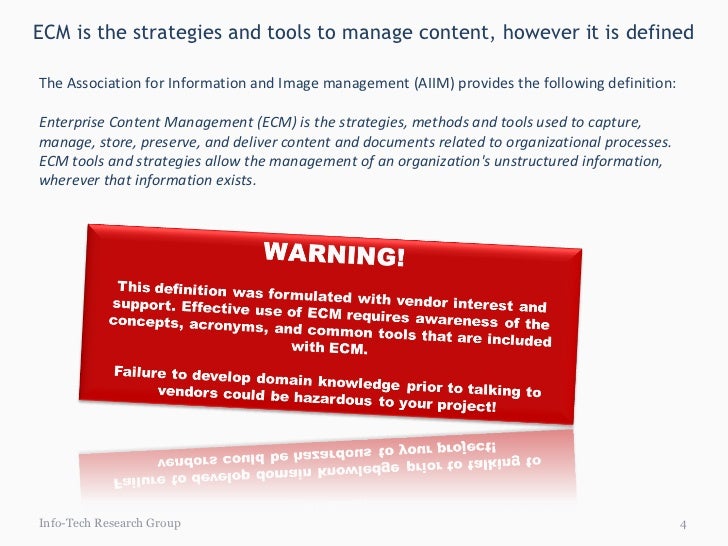

Even though they both organize, store and secure documents, they function slightly differently. To avoid making the process of organizing, categorizing, and storing hundreds or thousands of different digital files a complete nightmare, companies should use a content management system (CMS).Ĭompanies often confuse document management systems with content management systems. This allows businesses to make the information available to and usable by other team members for future repurposing. Finally, when everyone is happy and the content piece is approved, it can be published and stored for future use.Ĭentralized and secure storage of produced content is essential. In the second step, the first draft of the content is shared with different stakeholders to get feedback and make edits. The first step is always content creation, where the content manager, copywriter, and designer are involved. Let’s have a look at the different processes in content management.

Nowadays, as companies produce more digital content than ever before, this is becoming increasingly important to ensure smooth workflows and collaboration. What is Content Management?Ĭontent management covers multiple processes regarding creating, collecting, organizing, storing, and distributing content in any form or medium. The following article dives deeper into content management and introduces some of the best ECM tools. Just as project management tools help you manage projects, ECM tools help manage a business’s documents, images, and videos.
#Ecm tools example software
That’s where enterprise content management (ECM) software can help. Keeping an overview of all content and organizing it accordingly in one place is not an easy task and can be a significant challenge for any company. Content can be anything from project documents, marketing material, business details to client information. The foundation of any company is the content it creates, collects, and stores.


 0 kommentar(er)
0 kommentar(er)
